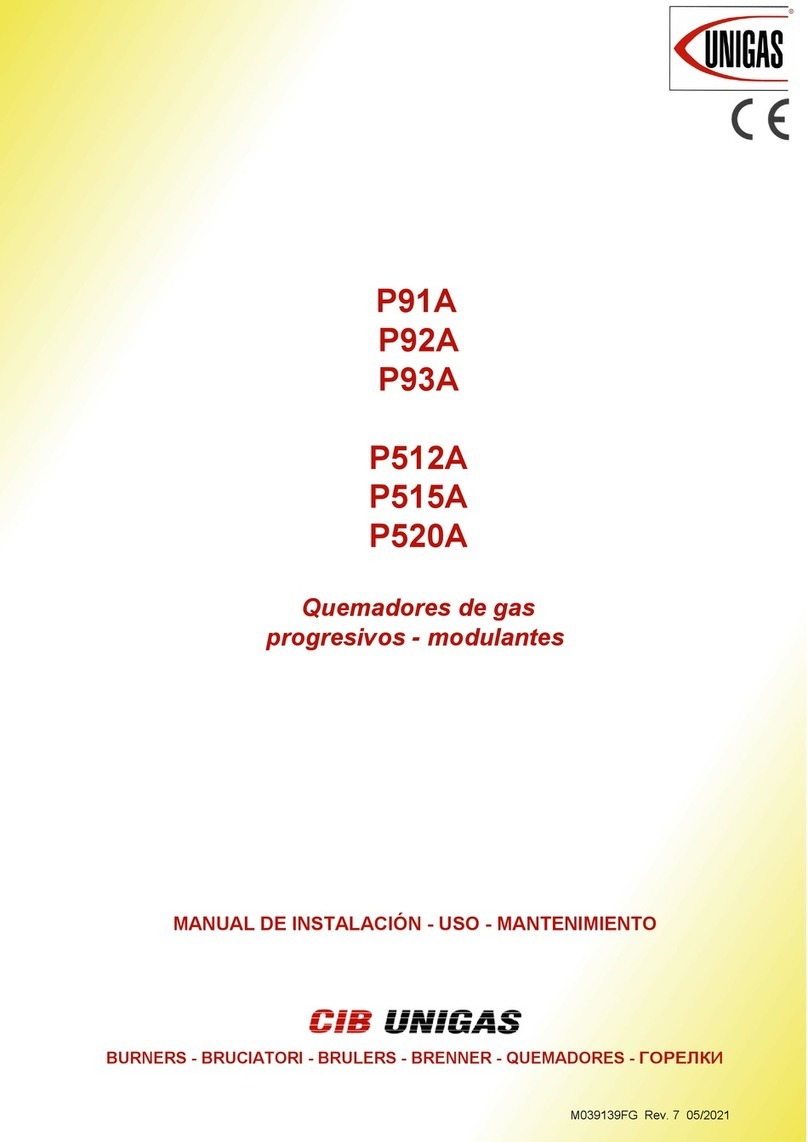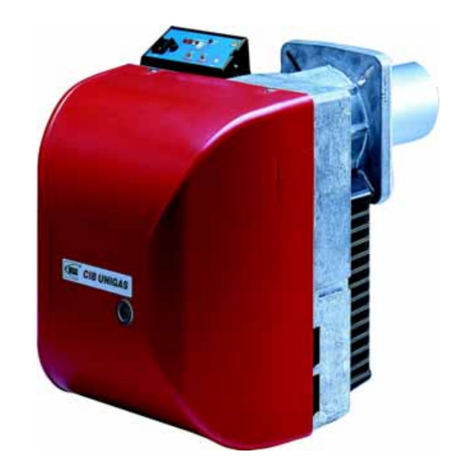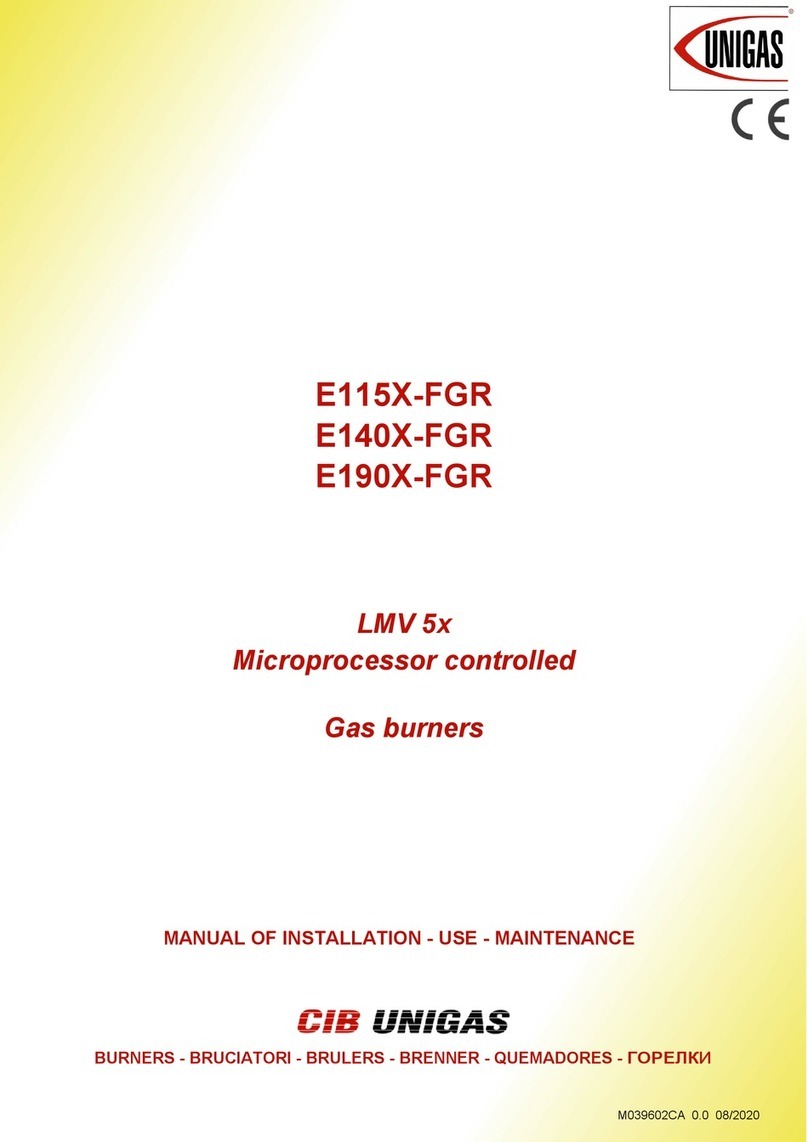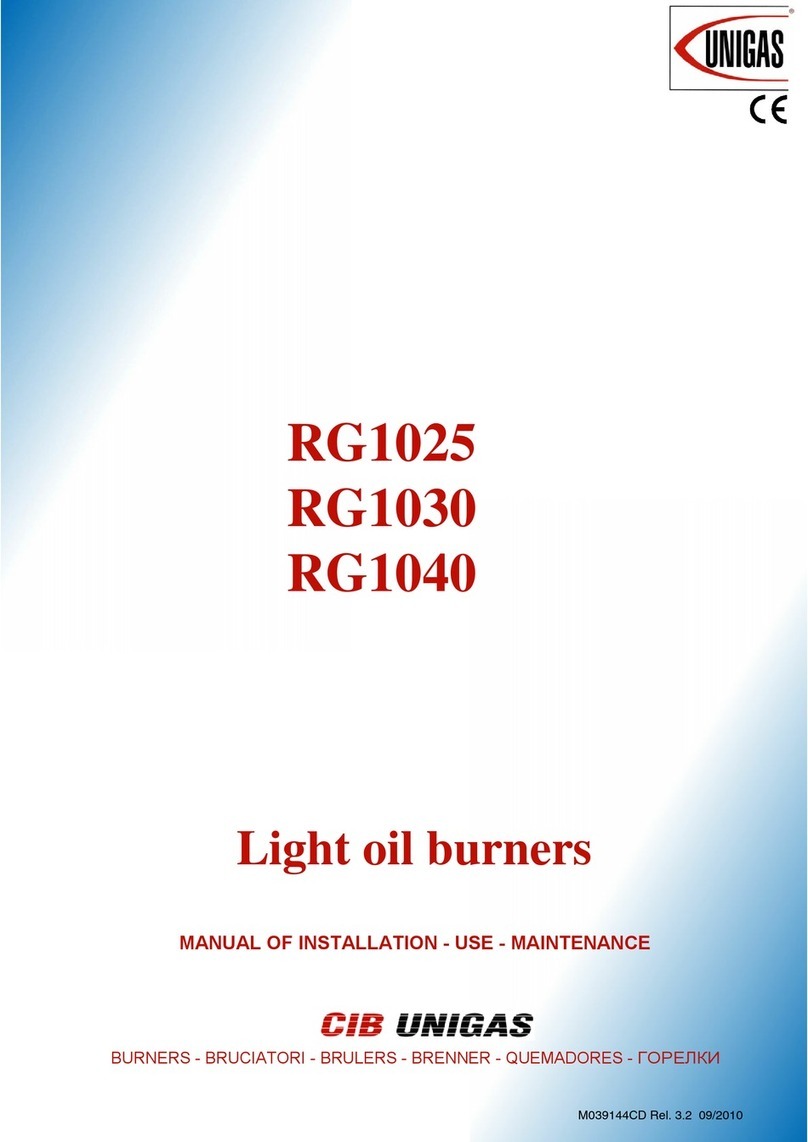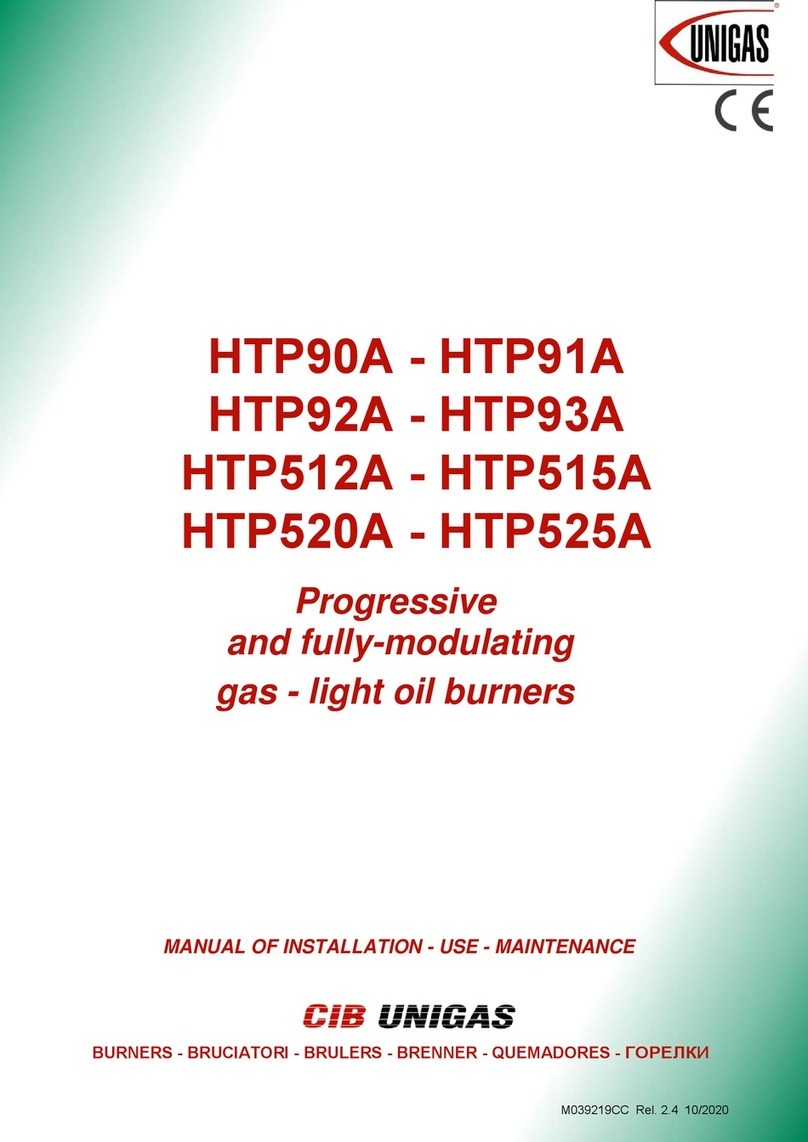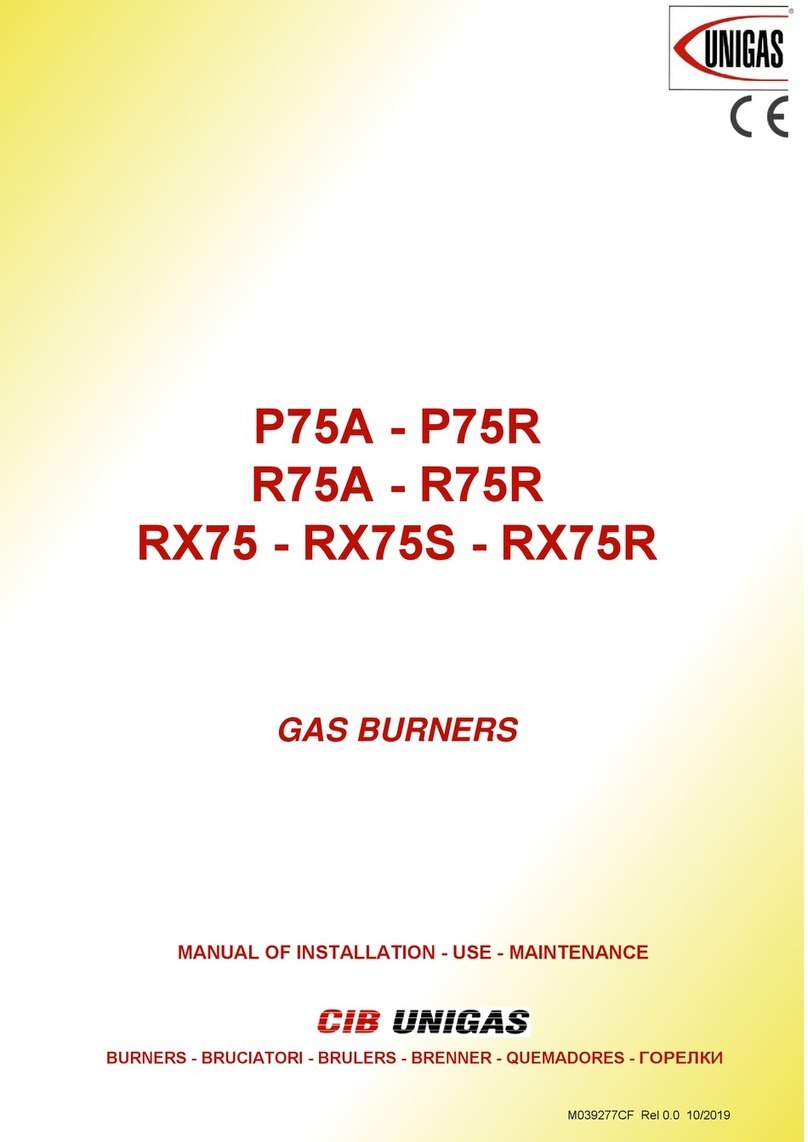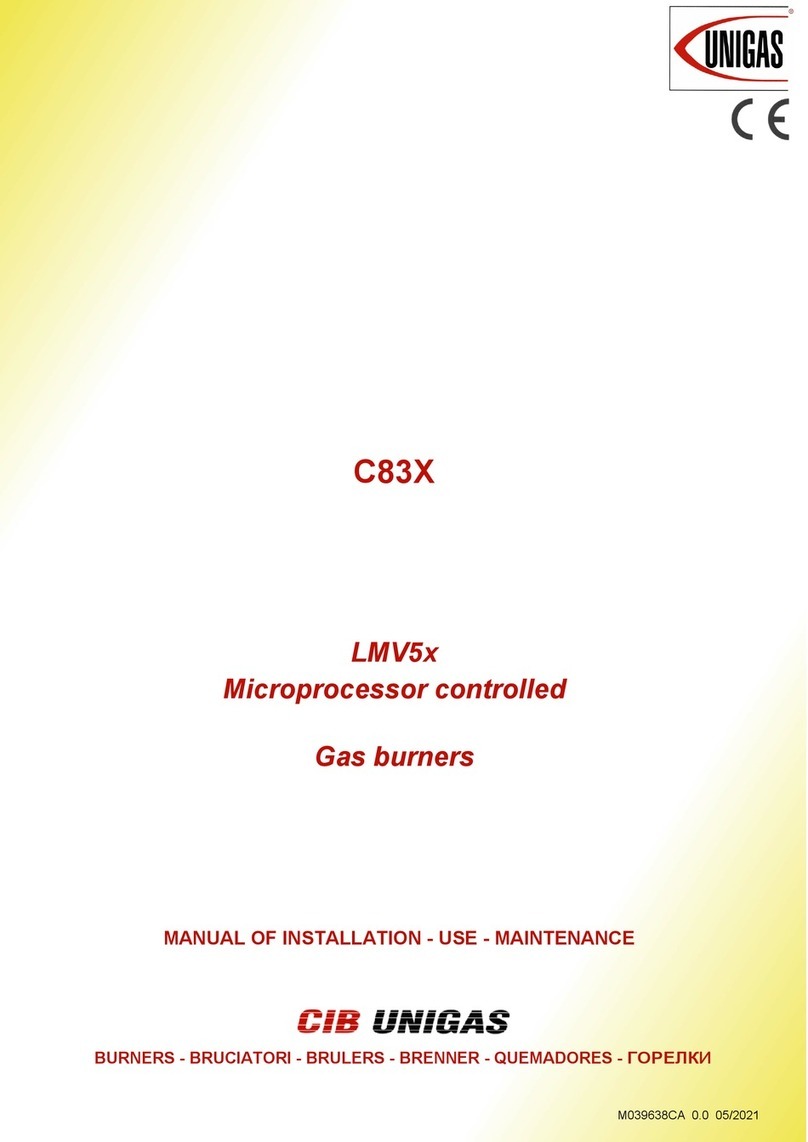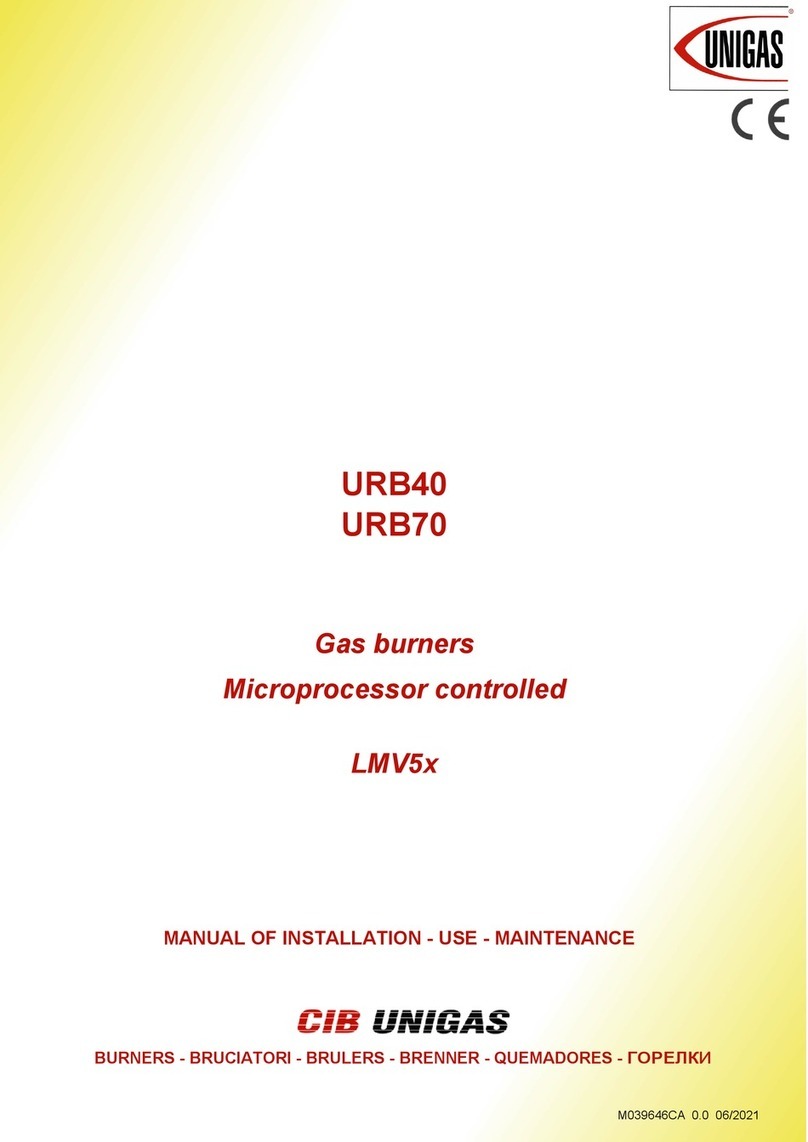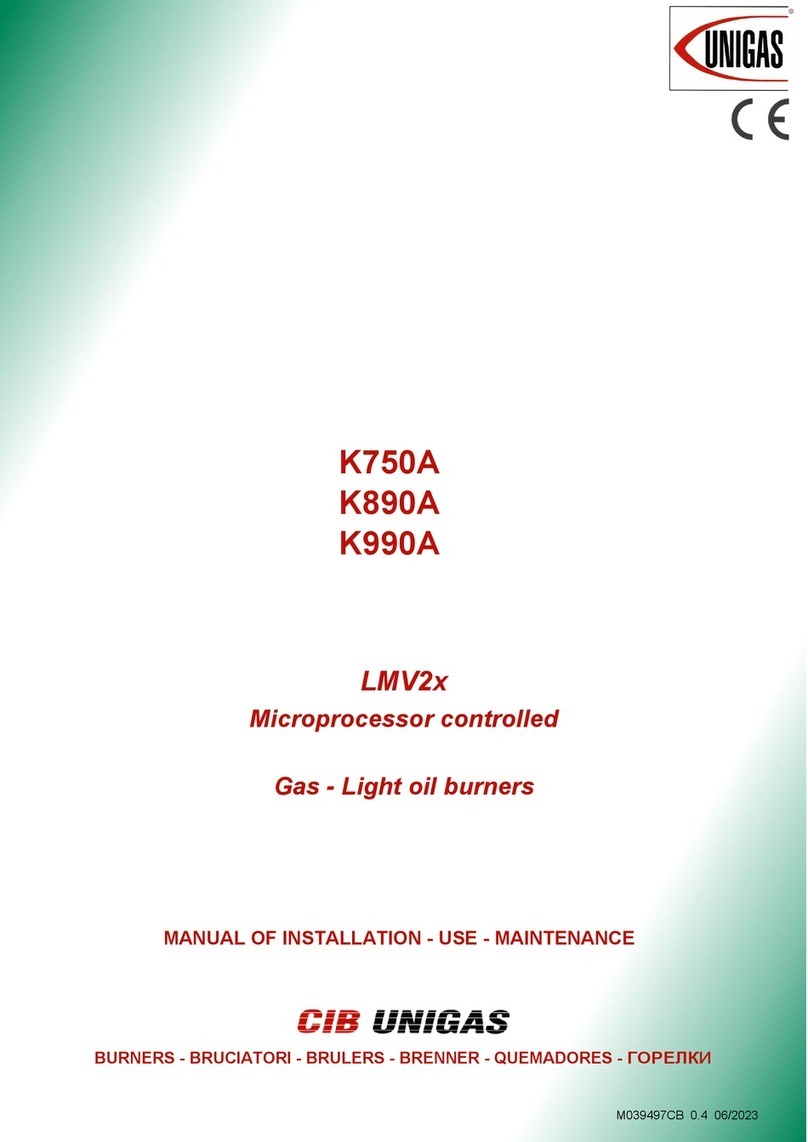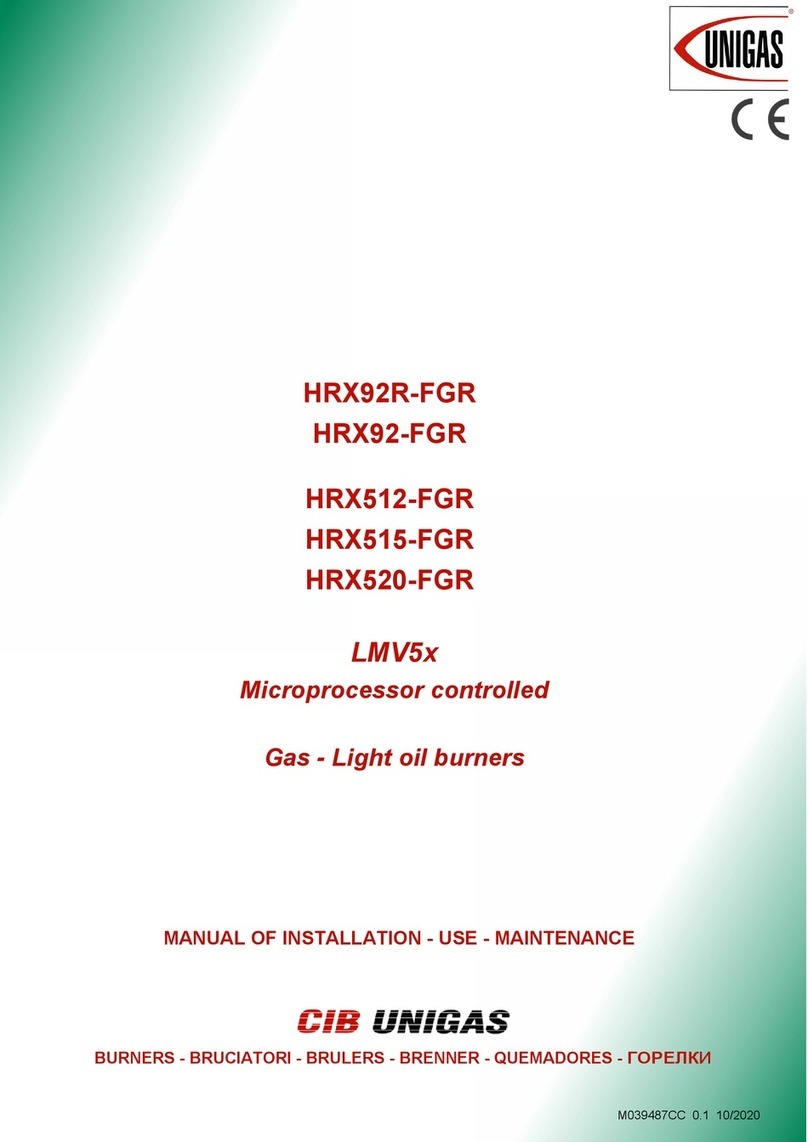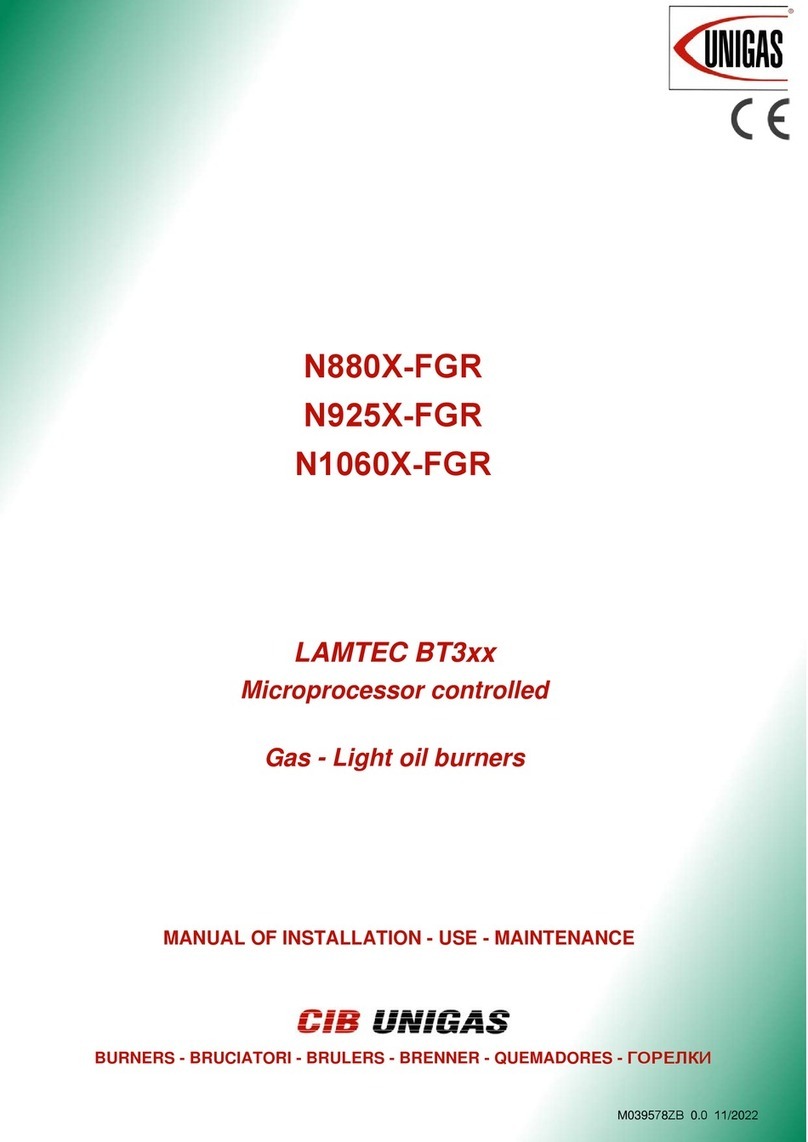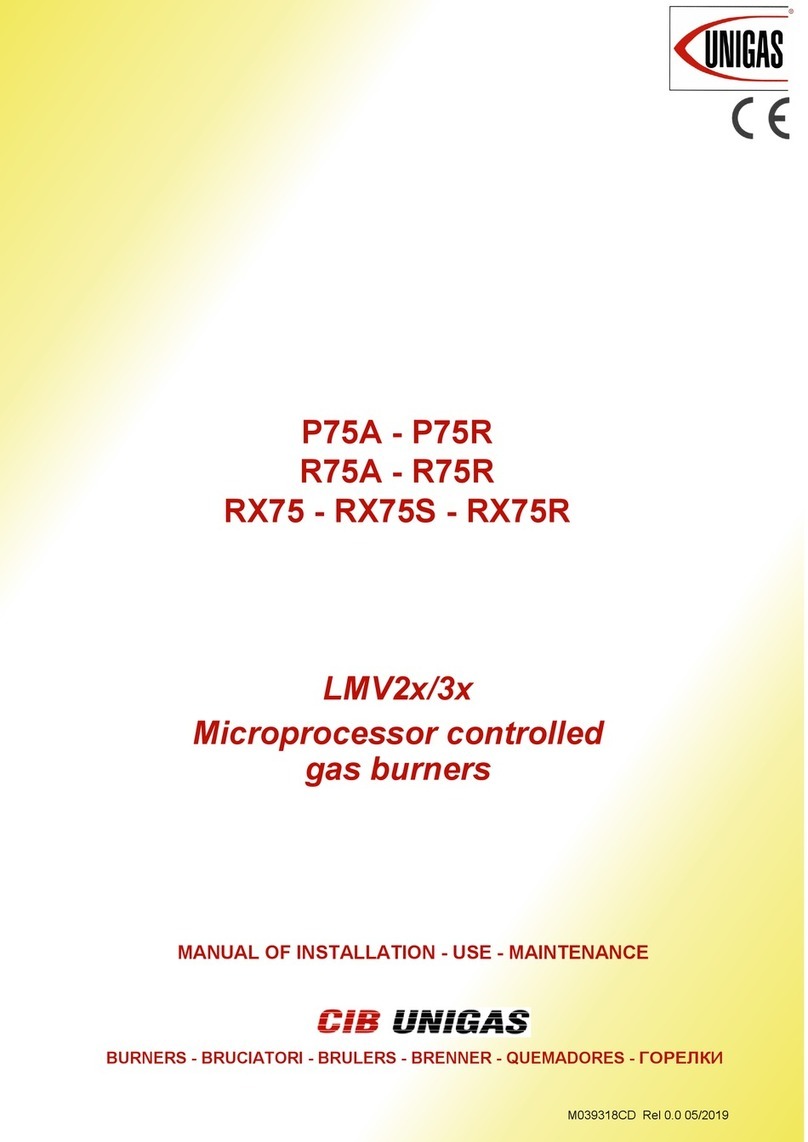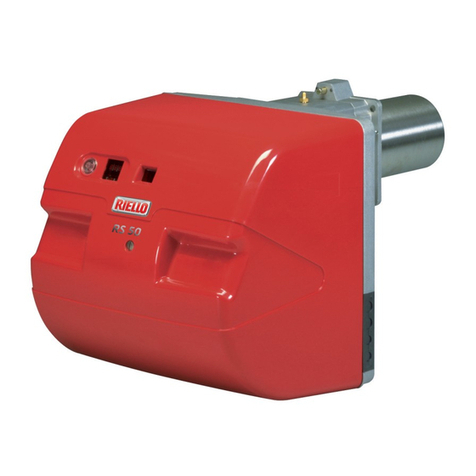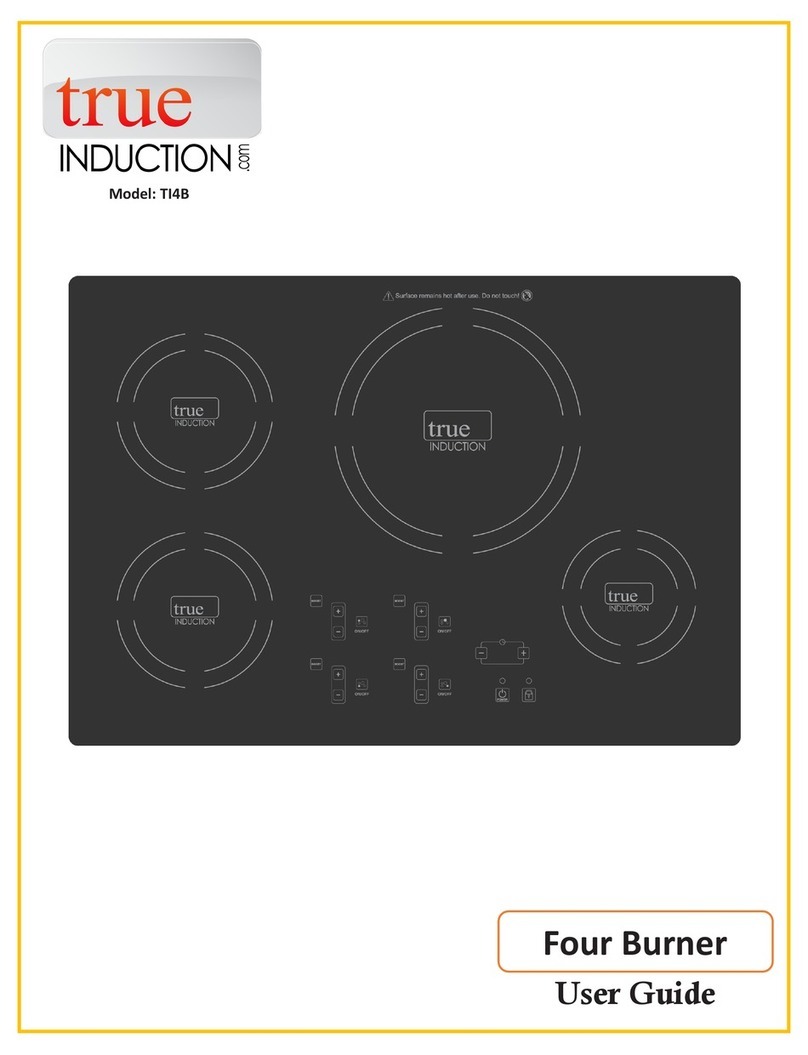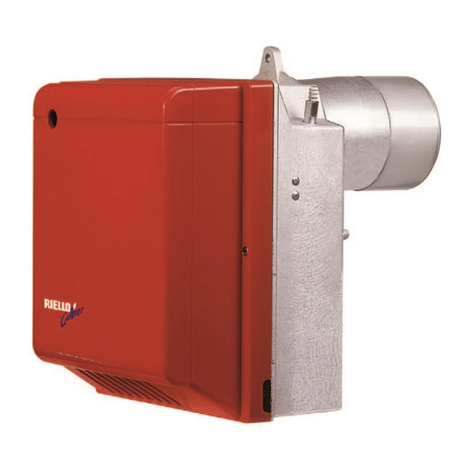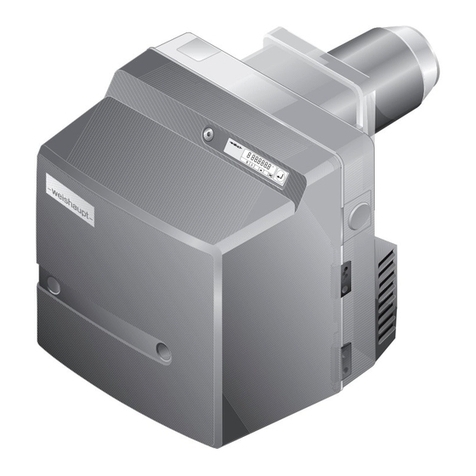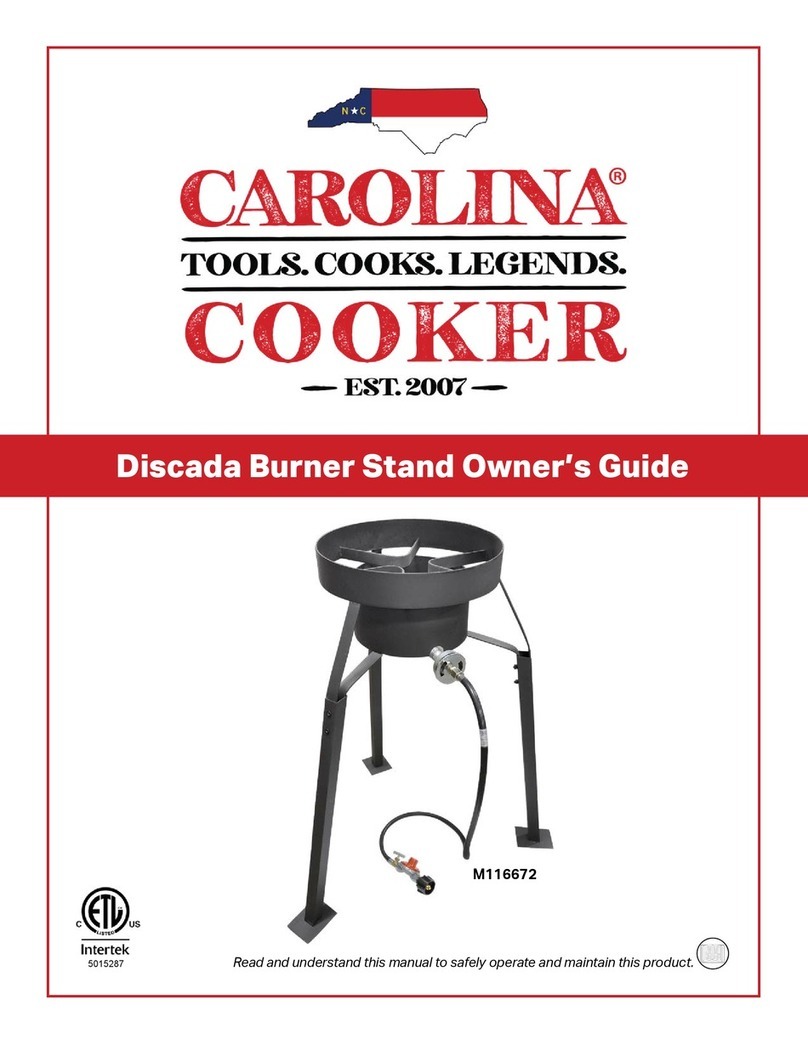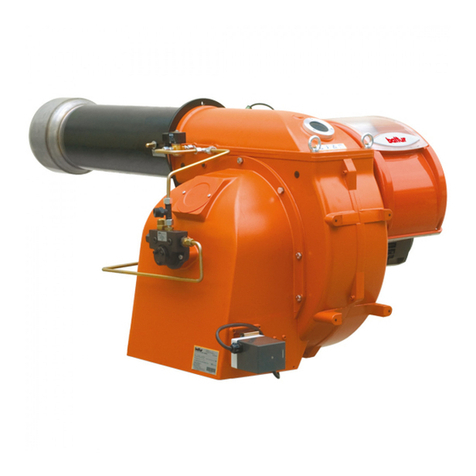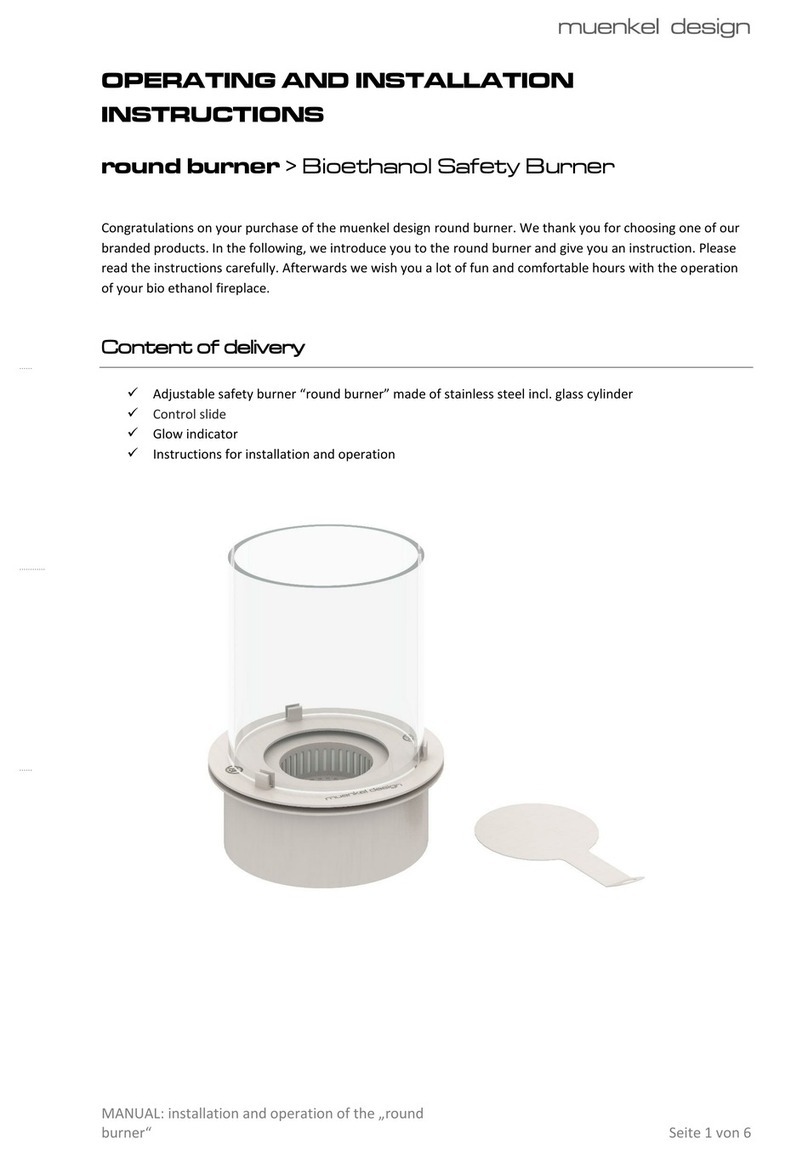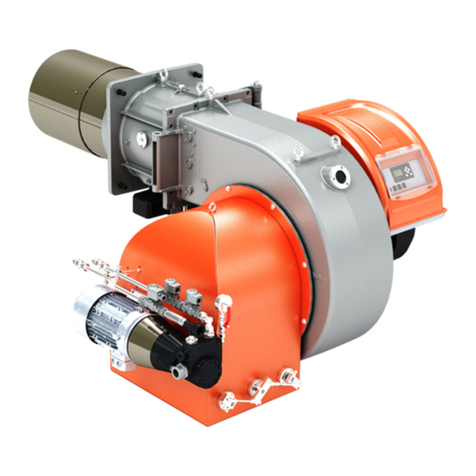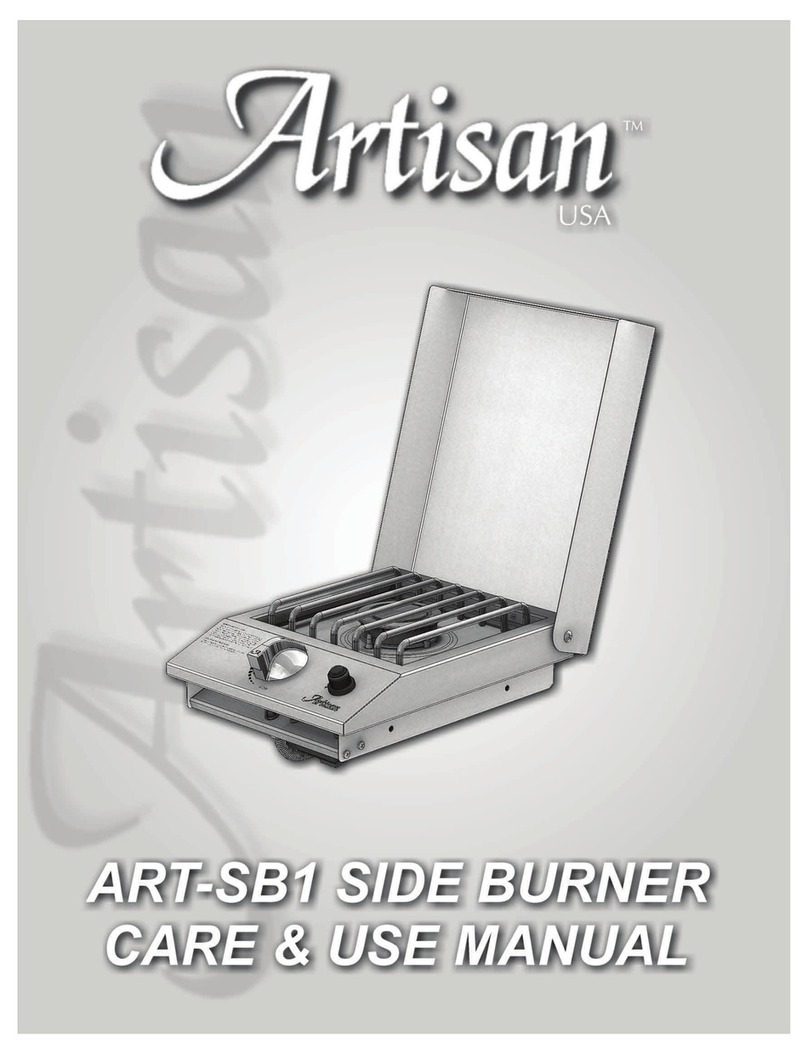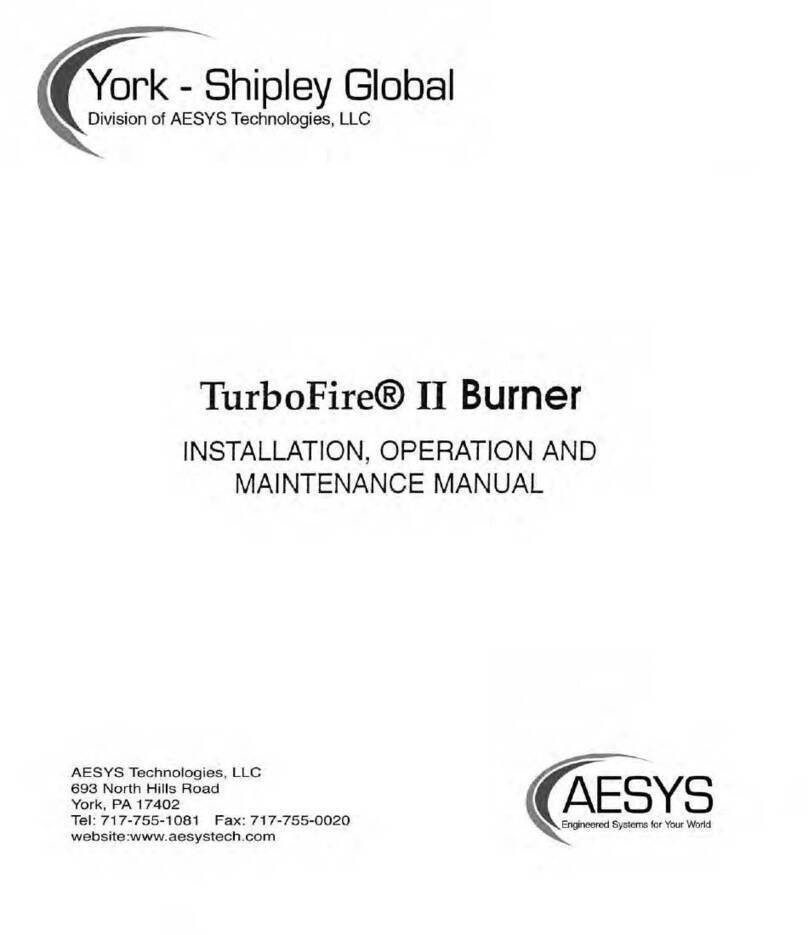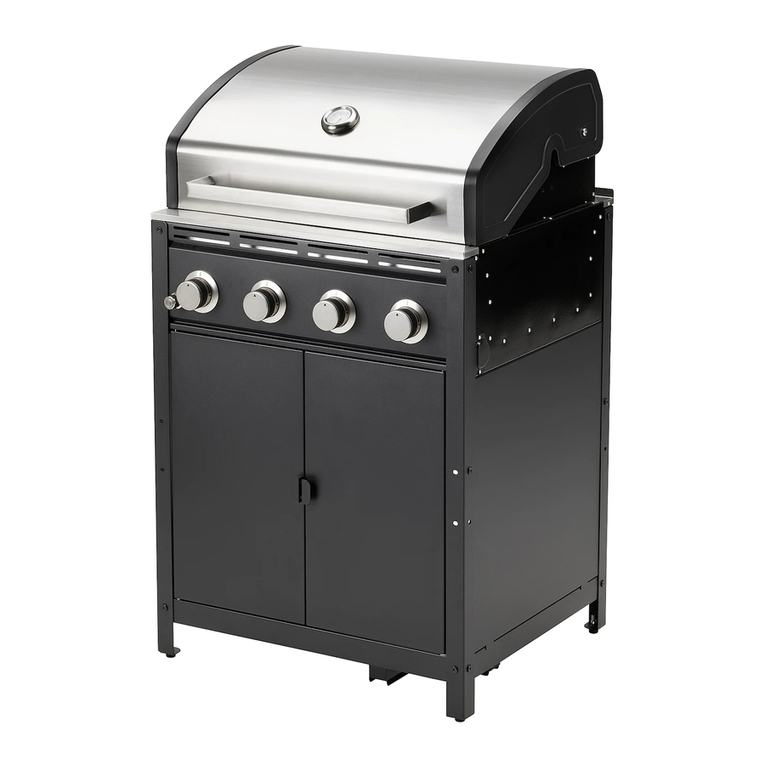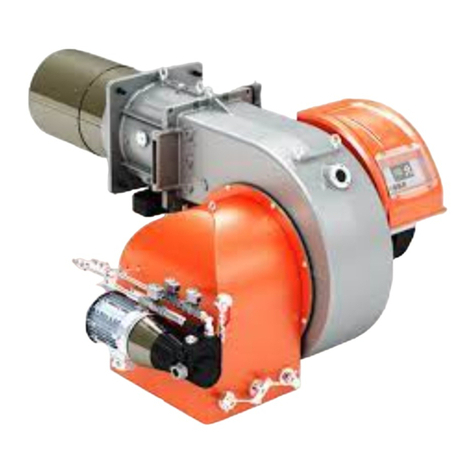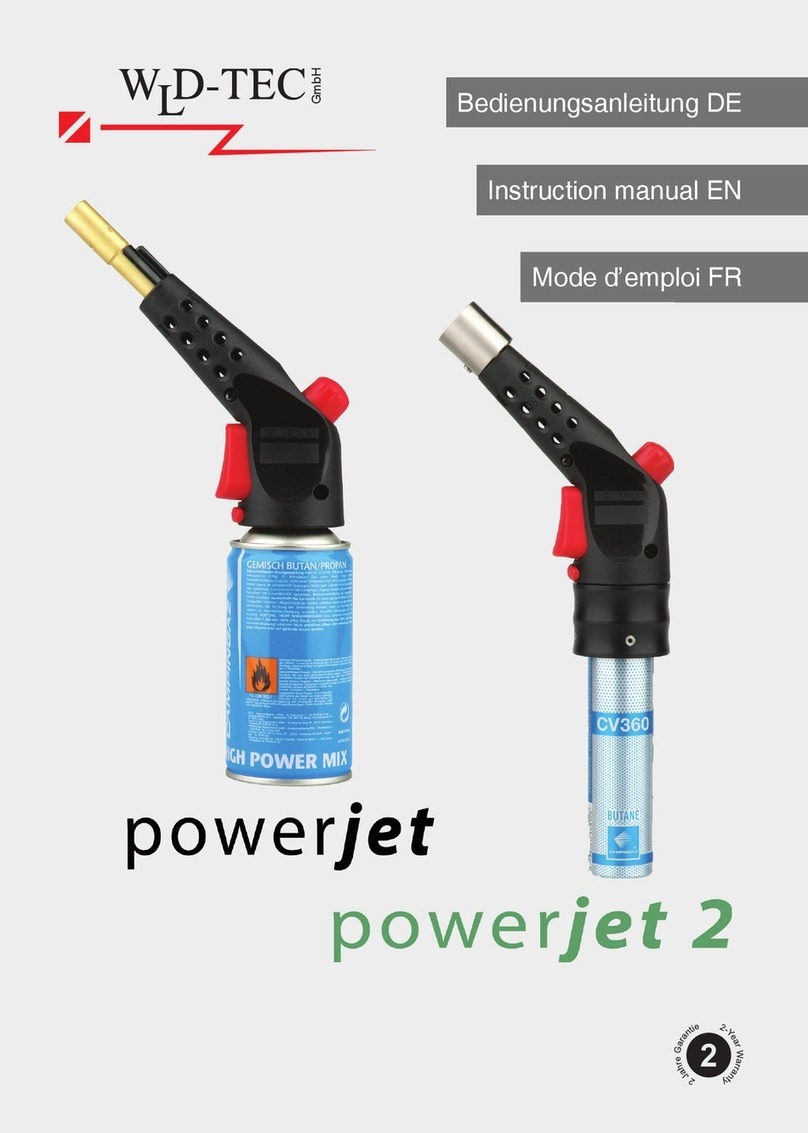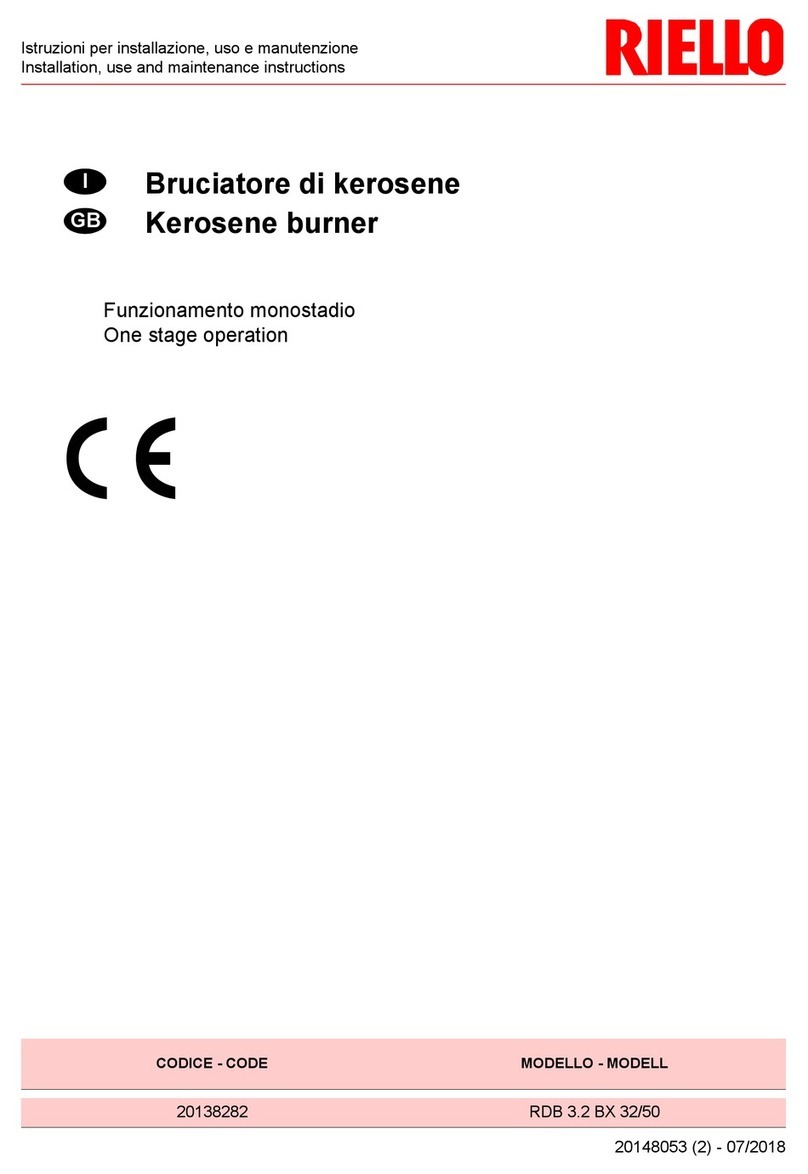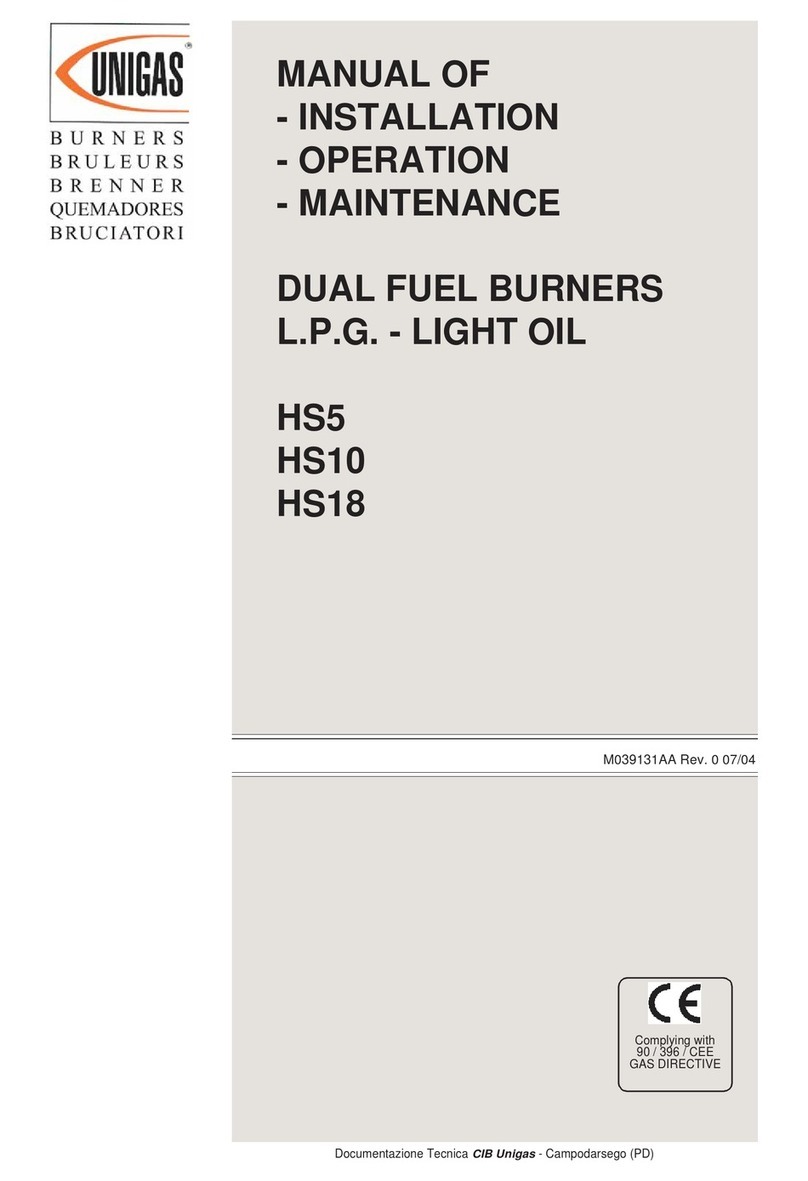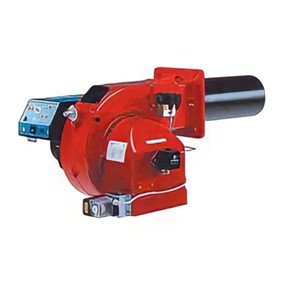NOTICES2
NOTICES
THIS MANUAL IS SUPPLIED AS AN INTEGRAL AND ESSENTIAL PART OF THE PRODUCT AND MUST BE DELIVERED
TO THE USER.
INFORMATION INCLUDED IN THIS SECTION ARE DEDICATED BOTH TO THE USER AND TO PERSONNEL FOLLOWING
PRODUCT INSTALLATION AND MAINTENANCE.
THE USER WILL FIND FURTHER INFORMATION ABOUT OPERATING AND USE RESTRICTIONS, IN THE SECOND SEC-
TION OF THIS MANUAL. WE HIGHLY RECOMMEND TO READ IT.
CAREFULLY KEEP THIS MANUAL FOR FUTURE REFERENCE.
1) GENERAL INTRODUCTION
!The equipment must be installed in compliance with the
regulations in force, following the manufacturer’s instruc-
tions, by qualified personnel.
!Qualified personnel means those having technical knowle-
dge in the field of components for civil or industrial heating
systems, sanitary hot water generation and particularly ser-
vice centres authorised by the manufacturer.
!Improper installation may cause injury to people and ani-
mals, or damage to property, for which the manufacturer
cannot be held liable.
!Remove all packaging material and inspect the equipment
for integrity.
In case of any doubt, do not use the unit - contactthe supplier.
The packaging materials (wooden crate, nails, fastening devi-
ces, plastic bags, foamed polystyrene, etc), should not be left
within the reach of children, as they may prove harmful.
!Before any cleaning or servicing operation, disconnect the
unit from the mains by turning the master switch OFF, and/
or through the cut-out devices that are provided.
!Make sure that inlet or exhaust grilles are unobstructed.
!In case of breakdown and/or defective unit operation,
disconnect the unit. Make no attempt to repair the unit or
take any direct action.
Contact qualified personnel only.
Units shall be repaired exclusively by a servicing centre, duly
authorised by the manufacturer, with original spare parts.
Failure to comply with the above instructions is likely to impair
the unit’s safety.
To ensure equipment efficiency and proper operation, it is
essential that maintenance operations are performed by quali-
fied personnel at regular intervals, following the manufactu-
rer’s instructions.
!When a decision is made to discontinue the use of the
equipment, those parts likely to constitute sources of dan-
ger shall be made harmless.
!In case the equipment is to be sold or transferred to
another user, or in case the original user should move and
leave the unit behind, make sure that these instructions
accompany the equipment at all times so that they can be
consulted by the new owner and/or the installer.
!For all the units that have been modified or have options fit-
ted then original accessory equipment only shall be used.
!This unit shall be employed exclusively for the use for
which it is meant. Any other use shall be considered as
improper and, therefore, dangerous.
The manufacturer shall not be held liable, by agreement or
otherwise, for damages resulting from improper installation,
use and failure to comply with the instructions supplied by the
manufacturer.
2) SPECIAL INSTRUCTIONS FOR BURNERS
!The burner should be installed in a suitable room, with ven-
tilation openings complying with the requirements of the
regulations in force, and sufficient for good combustion.
!Only burners designed according to the regulations in force
should be used.
!This burner should be employed exclusively for the use for
which it was designed.
!Before connecting the burner, make sure that the unit
rating is the same as delivery mains (electricity, gas oil, or
other fuel).
!Observe caution with hot burner components. These are,
usually, near to the flame and the fuel pre-heating system,
they become hot during the unit operation and will remain
hot for some time after the burner has stopped.
When the decision is made to discontinue the use of the bur-
ner, the user shall have qualified personnel carry out the fol-
lowing operations:
a) Remove the power supply by disconnecting the power cord
from the mains.
b) Disconnect the fuel supply by means of the hand-operated
shut-off valve and remove the control handwheels from
their spindles.
Special warnings
!Make sure that the burner has, on installation, been firmly
secured to the appliance, so that the flame is generated
inside the appliance firebox.
!Before the burner is started and, thereafter, at least once a
year, have qualified personnel perform the following opera-
tions:
a) set the burner fuel flow rate depending on the heat input of
the appliance;
b) set the flow rate of the combustion-supporting air to obtain
a combustion efficiency level at least equal to the lower
level required by the regulations in force;
c) check the unit operation for proper combustion, to avoid
any harmful or polluting unburnt gases in excess of the
limits permitted by the regulations in force;
d) make sure that control and safety devices are operating
properly;
e) make sure that exhaust ducts intended to discharge the
products of combustion are operating properly;
f) on completion of setting and adjustment operations, make
sure that all mechanical locking devices of controls have
been duly tightened;
g) make sure that a copy of the burner use and maintenance
instructions is available in the boiler room.
!In case of repeated burner shut-downs, do not continue re-
setting the unit manually. Contact qualified personnel to
take care of such defects.
!The unit shall be operated and serviced by qualified per-
sonnel only, in compliance with the regulations in force.



